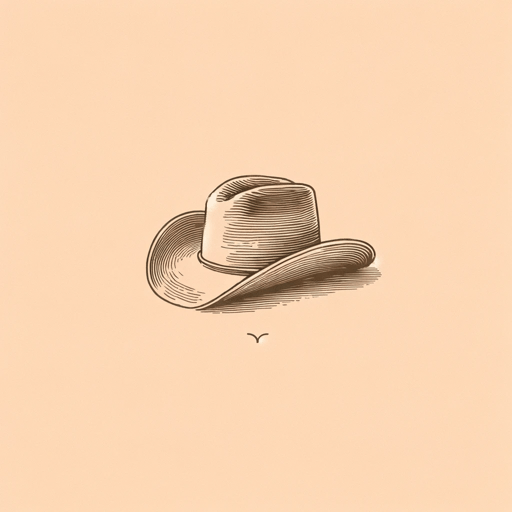53 pages • 1 hour read
Cormac McCarthyAll The Pretty Horses
Fiction | Novel | Adult | Published in 1992A modern alternative to SparkNotes and CliffsNotes, SuperSummary offers high-quality Study Guides with detailed chapter summaries and analysis of major themes, characters, and more.
Important Quotes
“She aint worth it. None of em are.
He didnt answer for a while. Then he said: Yes they are.”
(Part 1, Page 10)
Rawlins tries to comfort John Grady about the young woman who has stopped seeing him. John Grady’s reply sets up the fact that he’s a hopeless romantic, but also that he’s not interested in Rawlins’s somewhat misogynist, dismissive attitude toward women. This belief will lead to trouble for John Grady because he thinks that love on its own is enough to justify his actions.
“On the wall opposite above the sideboard was an oilpainting of horses. There were half a dozen of them breaking through a pole corral and their manes were long and blowing and their eyes wild. They’d been copied out of a book. They had the long Andalusian nose and the bones of their faces showed Barb blood. You could see the hindquarters of the foremost few, good hindquarters and heavy enough to make a cuttinghorse. As if maybe they had Steeldust in their blood. But nothing else matched and no such horse ever was that he had seen and he’d once asked his grandfather what kind of horses they were and his grandfather looked up from his plate at the painting as if he’d never seen it before and he said those are picturebook horses and went on eating.”
(Part 1, Page 16)
This passage establishes The Spiritual Significance of Horses for John Grady: he’s fascinated with the animals and has deep expertise of their traits, but he also moves beyond the scientific expertise of his grandfather into a spiritual wonderment. For John Grady, they’re all “picturebook horses” existing both in their animal reality and also as one of the only things worth believing in. This quote also establishes the divide between the fantasy of the American West (as embodied in the imaginary, idealistic breed of horse in the painting) and the reality of the ranching and vaquero lifestyles, which is grounded in practical matters. This division is one John Grady struggles to reconcile throughout the novel.
Related Titles
By Cormac McCarthy
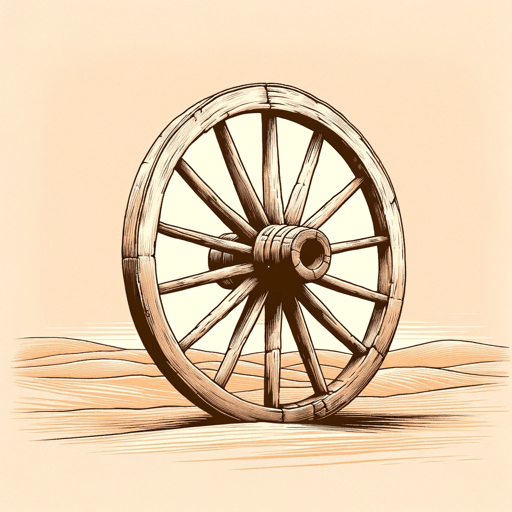
Blood Meridian
Cormac McCarthy

Child of God
Cormac McCarthy

Cities of the Plain
Cormac McCarthy
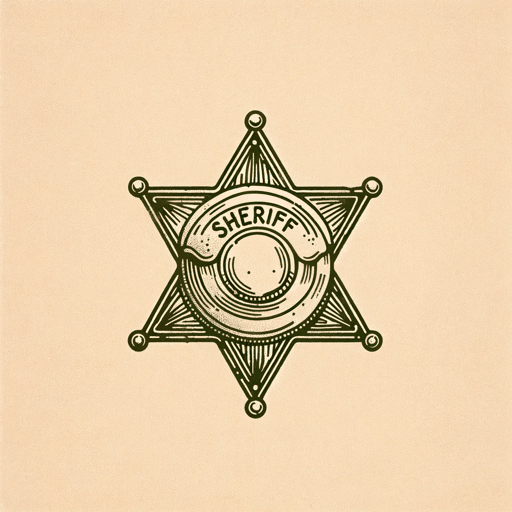
No Country for Old Men
Cormac McCarthy
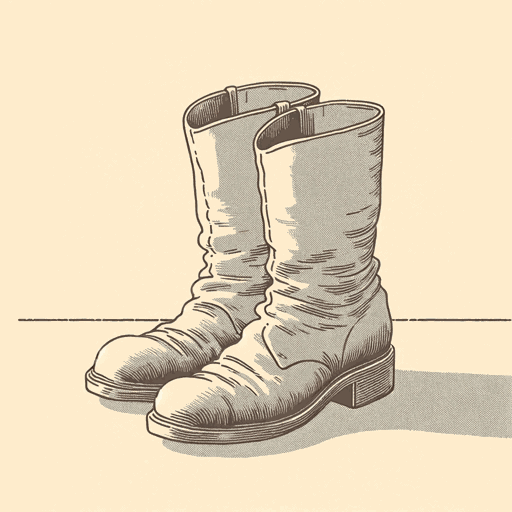
Outer Dark
Cormac McCarthy

Stella Maris
Cormac McCarthy
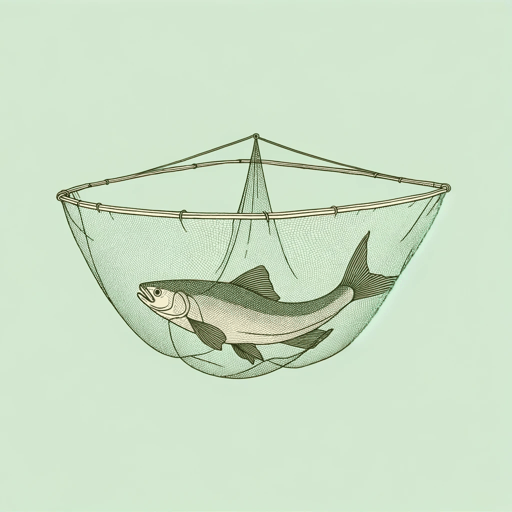
Suttree
Cormac McCarthy
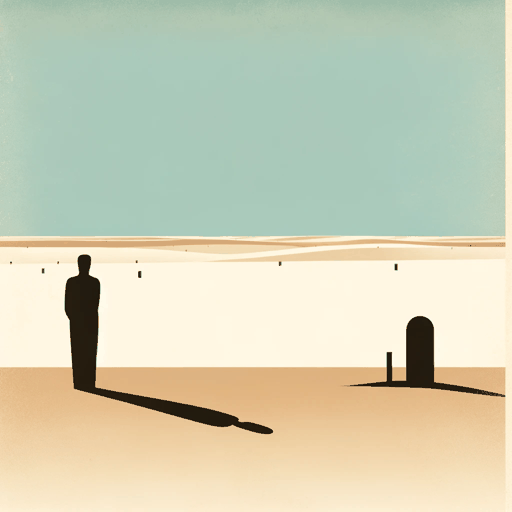
The Crossing
Cormac McCarthy
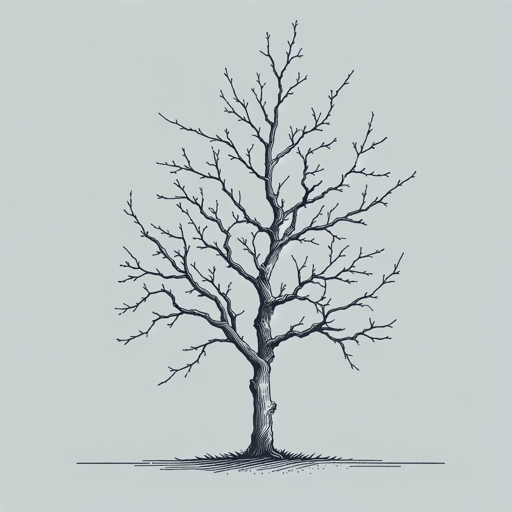
The Orchard Keeper
Cormac McCarthy

The Passenger
Cormac McCarthy
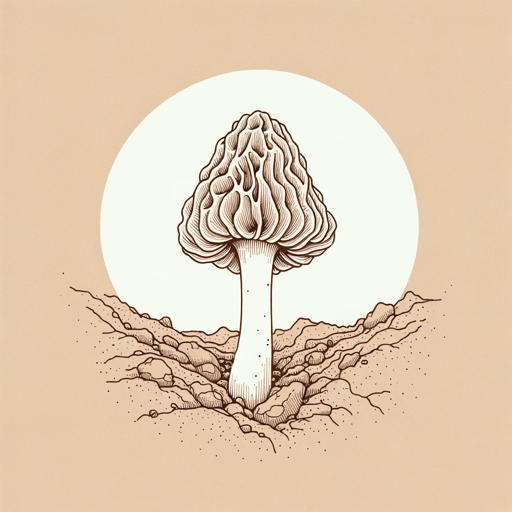
The Road
Cormac McCarthy
Featured Collections
Books on Justice & Injustice
View Collection
Coming-of-Age Journeys
View Collection
National Book Awards Winners & Finalists
View Collection
National Book Critics Circle Award...
View Collection
School Book List Titles
View Collection
Sexual Harassment & Violence
View Collection
Westerns
View Collection
